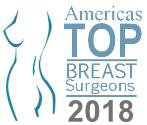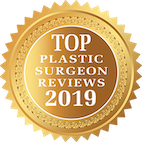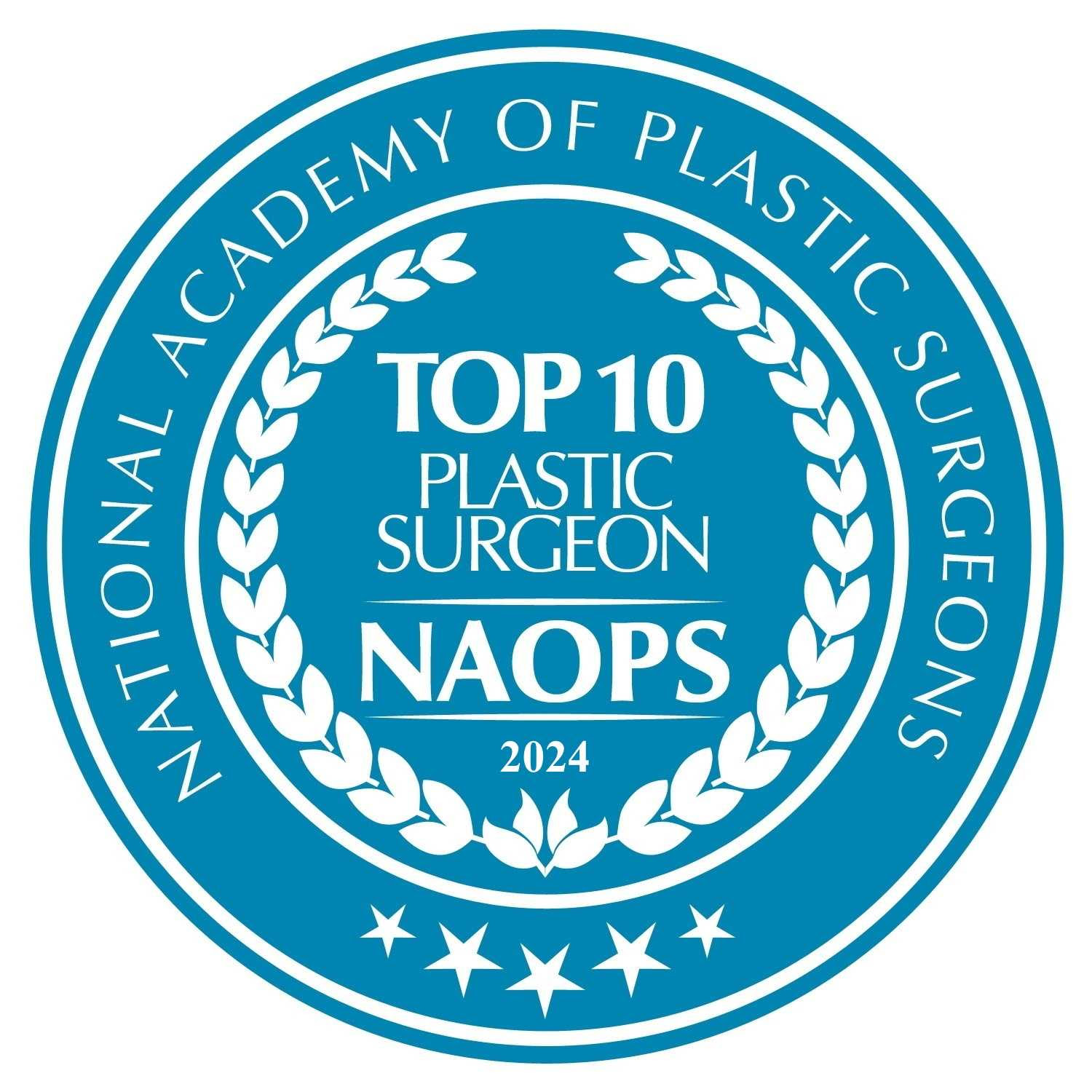Fat Grafting
Extracting fat cells from another person and injecting the cells into you will cause your body to reject the inserted fat cells. The body sees the new cells as a threat and attacks it. A new procedure exists to avoid third-party cell rejection.
Recognized as micro-lipoinjection or autologous fat transplantation, fat grafting extracts fat cells from one part of your body and inject it in another part of the body. The most popular fat grafting procedure, facial fat grafting, takes fat from the arms, the abs, the buttocks, or the thighs and injects it into the face. Abs, thighs, arms, and buttocks are popular places for fat grafting because most fat resides there. However, for most people, very few parts are exempt from fat grafting.
Fat grafting is necessary for body parts that lack fat cells. Examples include facial cheeks, wrinkles, lips, laugh lines, crow’s feet, breasts, and buttocks. The medical procedure works the best in breast augmentation, to slow down signs of aging, and/or buttock enlargement. Prior to the procedure, expect satisfactory customer service from our staff in terms of scheduling and industry knowledge. Our staff will treat our patients like family from beginning to end.
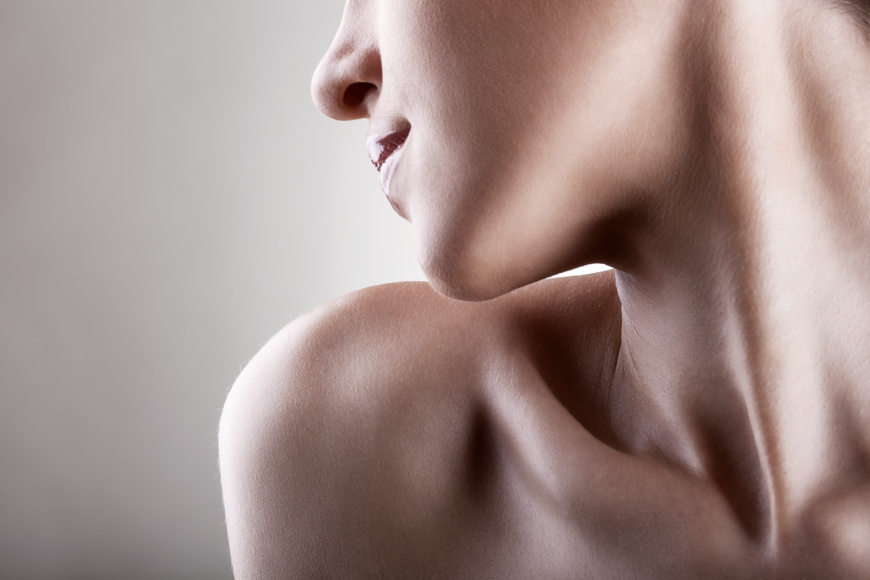
What to Expect During Your Procedure
After communicating to Dr. Leonard and staff about where to extract fat cells and where to insert the fat cells, Dr. Leonard preps the patient for this simplistic procedure. Both the extracted and inserted areas receive local anesthesia or sedation, depending on what the patient prefers. Patients choosing sedation must have a ride present after the treatment.
After the numbing and cleaning process, the fat removal begins with a syringe containing a liposuction cannula or large-bore needle injected into the first numbed area. After removing fat cells, they are prepared and injected into the second numbed area using a separate needle. In the process, a bandage covers the injected areas.
It’s normal for fat to overfill the second numbed area so the body can absorb the fat in the new space. The overfill results in the area to appear stuffed or abnormally full. Examples include cheeks, buttocks, and breasts.
After Fat Grafting
Recovery depends heavily on the patients. Because the skin cells recognize your fat cells, allergic reactions and infections related to fat grafting are minimal to none. What you can expect is swelling, bruising, and/or redness in the affected areas. The location and the size of the extraction/insertion will decide how severe the swelling, bruising, and/or redness will be.
While most can resume their daily activities, some patients require a small recovery period. For those patients, the recovery period consists of staying out of the sun for 48 hours. Larger areas, especially swelling and puffy areas require a longer recovery time of 3-5 weeks or more depending on Dr. Leonard’s advice. In the meantime, use sun block protection makeup to conceal visible areas.
If additional infection or complications do occur, please contact our office immediately.
How long do the results last?
For most patients, the results last 3-6 months. Some patients’ results last over a year. Afterward, patients return for follow-up procedures. Because of this, fat grafting is a temporary procedure. It is imperative patients receive repeated injections to maintain their appearance. Contact the office for more information.
Contact Leonard Plastic Surgery
Leonard Plastic Surgery
Water Place │ 500 Liberty Street S.E., Suite 400 │ Salem, OR 97301
(503) 391-2760 │leonardplasticsurgery@gmail.com

